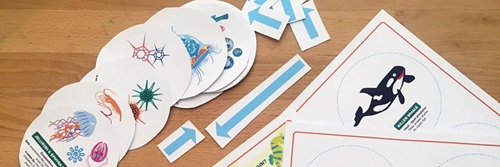EXHIBITION CLOSED
Covering more than 70 per cent of the Earth's surface and supplying half its oxygen, the ocean is our planet's life support system.
The ocean provides 50 per cent of the air we breathe and affects our weather, climate, food supply, culture and wellbeing. Learn how we are intimately tied to the ocean in this immersive exhibition and how a changing climate, overfishing and pollution are affecting our future.
Marvel at the wonders of the ocean and the diversity of Australia's marine life revealed by Schmidt Ocean Institute's 2020 circumnavigation of Australia aboard their research vessel Falkor. Discover, manipulate and inspect 3D visualisations of five extraordinary deep-sea specimens, ponder on the climate record contained in a real Antarctic ice core, hear about the impacts of a changing planet and ocean from witnesses, and learn how two centuries of analysing and examining the ocean have given us the knowledge to make things change for the better.
What kind of ocean would you be? Take our ocean personality quiz as you make your way through the exhibition to find out!
Dive Deeper into One Ocean - Our Future
Discover how marine science technology has changed over time, allowing scientists to better understand our ocean.
Join Professor Martina Doblin from the University of Technology Sydney as she takes us through some fascinating examples of how marine science equipment has changed over time.
Highlighting examples that have been developed and deployed by the CSIRO's Marine National Facility in Australia - learn about modern sonar systems, CTDs (Conductivity, Temperature, and Depth), ocean research vessels, autonomous equipment and robotic floats, and the ever lasting and reliable Continuous Plankton Recorder.
These objects and more are on display in the One Ocean - Our Future exhibition. Thanks to our friends at CSIRO for co-producing this video with us.
Also on display, the RangerBot drone is the first underwater robotic system designed specifically for monitoring, inspection and management of coral reef environments. Using robot vision, it views and classifies coral species, and finds and removes invasive pests like the Crown of Thorns starfish, the scourge of the Great Barrier Reef. This ‘killer’ of an AUV (Autonomous Underwater Vehicle) releases a toxin through its injector arm that poisons the invasive starfish.
Developed by Queensland University of Technology, RangerBot also does nursemaid duty. Professor Matthew Dunbabin and the QUT robotics team can transform RangerBot into “LarvalBot’ to help deliver lab-reared baby coral larvae onto targeted reefs to distribute as 'larval clouds' on to damaged reef areas.
Thanks to Bengar films for producing this video with us.
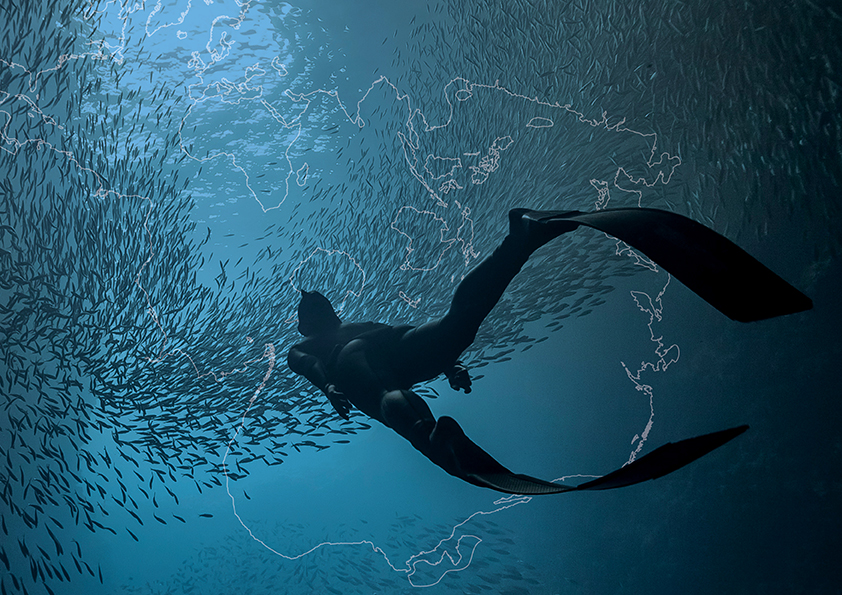
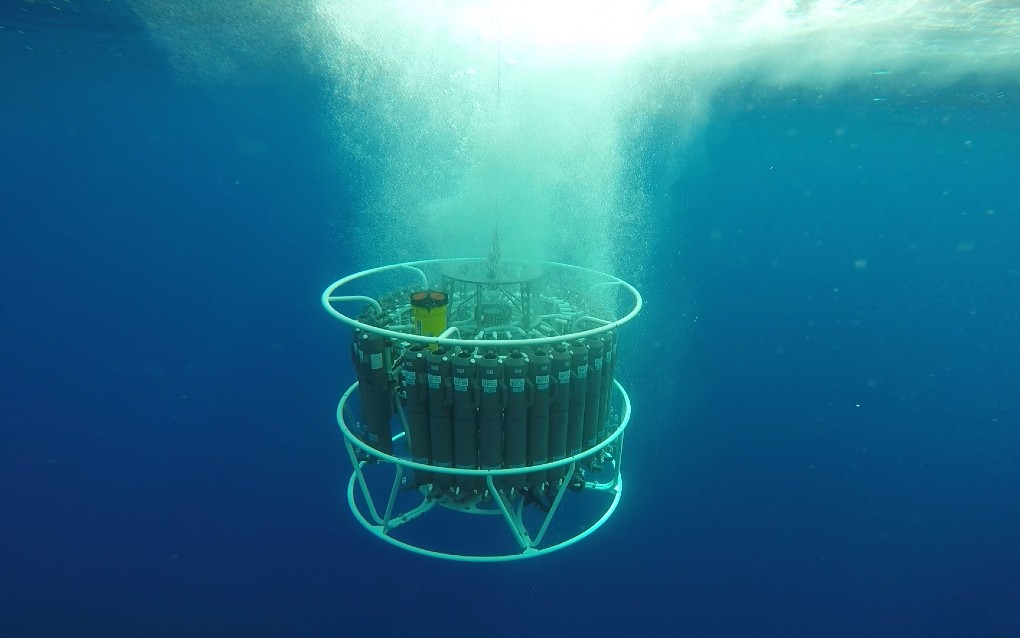
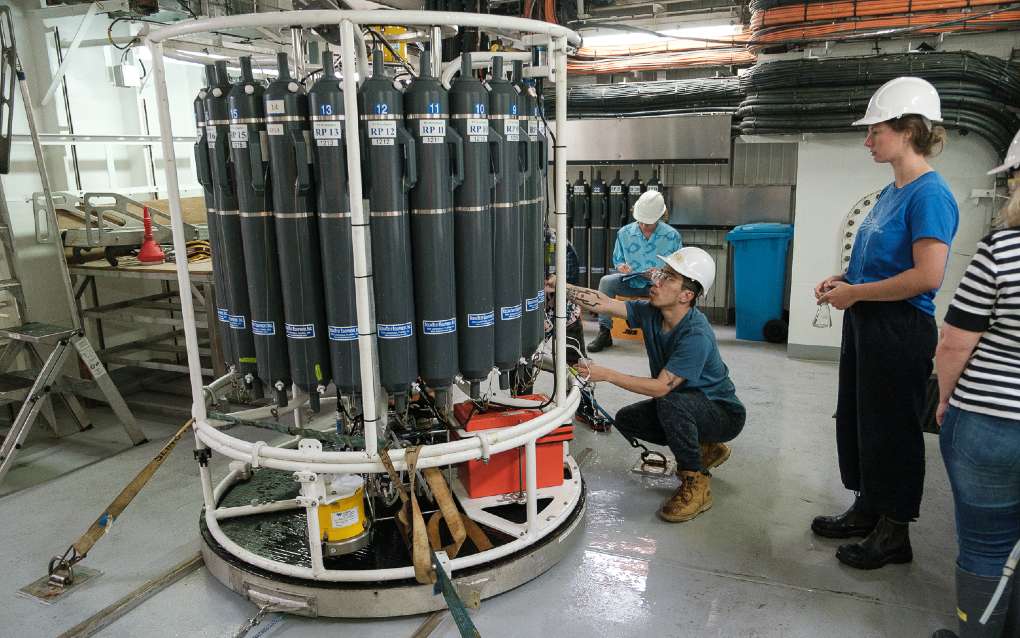

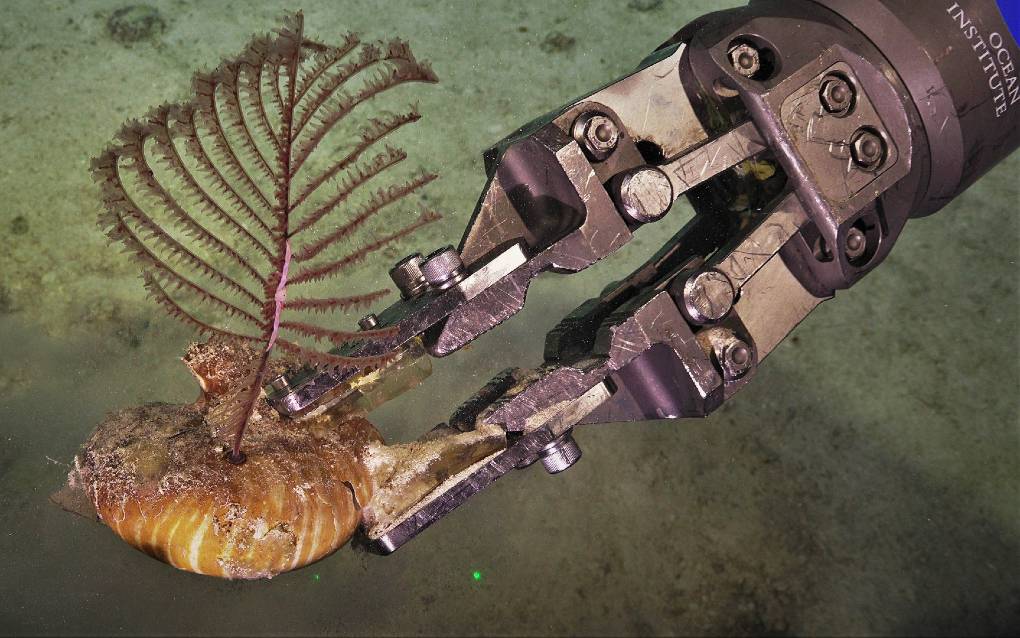
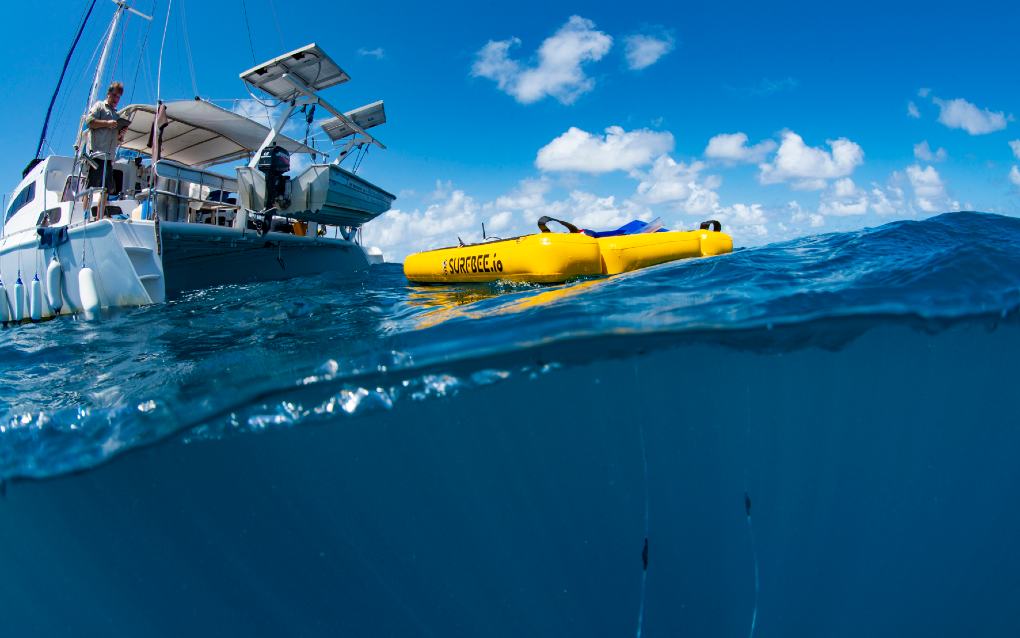
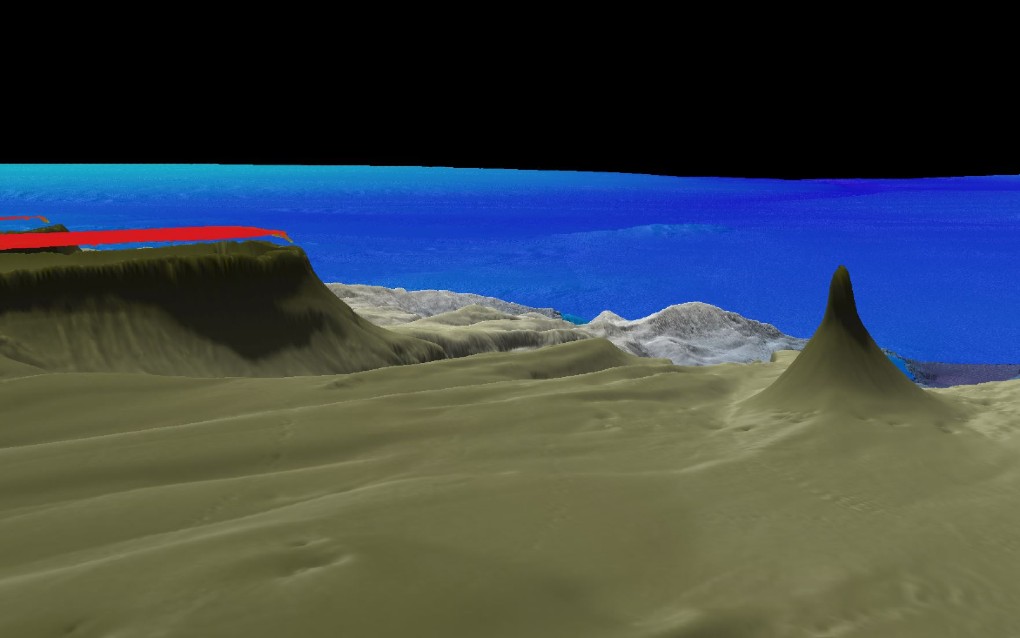





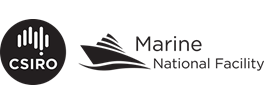 .
. 

